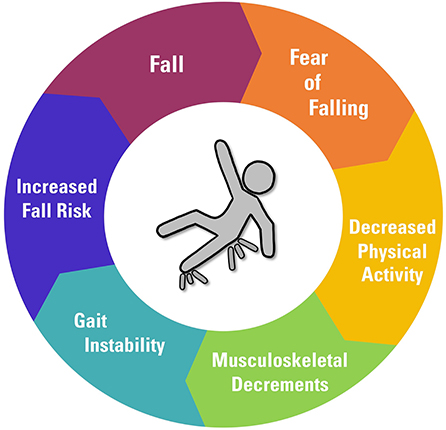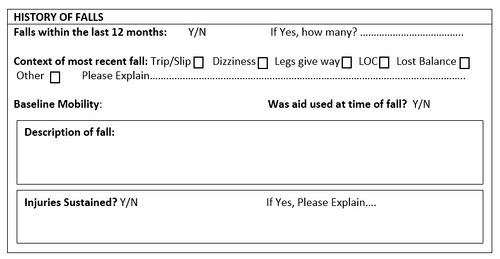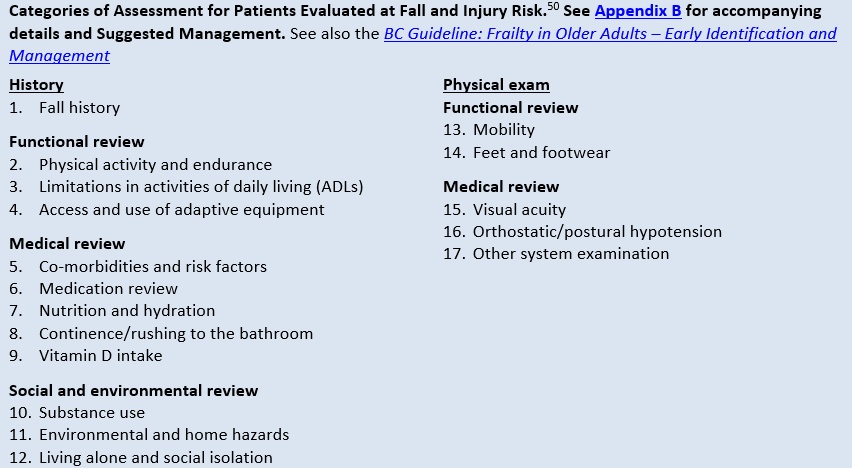Dementia Fall Risk for Dummies
The Basic Principles Of Dementia Fall Risk
Table of ContentsHow Dementia Fall Risk can Save You Time, Stress, and Money.Dementia Fall Risk Things To Know Before You Get ThisFascination About Dementia Fall RiskWhat Does Dementia Fall Risk Do?
An autumn threat analysis checks to see just how likely it is that you will fall. It is mainly done for older adults. The assessment typically includes: This includes a series of questions concerning your total health and wellness and if you have actually had previous drops or issues with balance, standing, and/or strolling. These tools test your strength, balance, and stride (the way you walk).STEADI includes screening, assessing, and treatment. Interventions are suggestions that may decrease your danger of dropping. STEADI includes three steps: you for your risk of dropping for your threat variables that can be enhanced to attempt to stop falls (for instance, balance problems, damaged vision) to reduce your threat of dropping by utilizing reliable methods (for example, supplying education and learning and resources), you may be asked a number of questions consisting of: Have you fallen in the previous year? Do you feel unstable when standing or walking? Are you fretted regarding dropping?, your provider will certainly test your toughness, balance, and stride, utilizing the following loss assessment devices: This test checks your gait.
If it takes you 12 secs or even more, it might mean you are at higher danger for a loss. This examination checks stamina and balance.
Relocate one foot midway onward, so the instep is touching the huge toe of your various other foot. Move one foot fully in front of the other, so the toes are touching the heel of your various other foot.
6 Simple Techniques For Dementia Fall Risk
The majority of falls happen as a result of multiple adding variables; therefore, managing the threat of dropping begins with recognizing the factors that add to drop risk - Dementia Fall Risk. A few of one of the most appropriate danger variables include: History of previous fallsChronic medical conditionsAcute illnessImpaired stride and equilibrium, reduced extremity weaknessCognitive impairmentChanges in visionCertain high-risk medications and polypharmacyEnvironmental aspects can likewise boost the danger for falls, including: Poor lightingUneven or harmed flooringWet or slippery floorsMissing or harmed hand rails and order barsDamaged or incorrectly fitted tools, such as beds, mobility devices, or walkersImproper use assistive devicesInadequate guidance of individuals staying in the NF, including those that show hostile behaviorsA successful fall risk management program calls for a complete medical analysis, with input from all members of the interdisciplinary group

The care strategy ought to also include interventions that are system-based, such as those that advertise a secure setting (ideal lights, hand rails, get hold of bars, and so on). The performance of the interventions must be examined periodically, and the treatment plan revised as required to reflect adjustments in the loss danger evaluation. Carrying out a loss threat administration system utilizing evidence-based best practice can lower the frequency of drops in the NF, while restricting the possibility for fall-related injuries.
Unknown Facts About Dementia Fall Risk
The AGS/BGS standard advises evaluating all grownups aged 65 years and older for fall threat every year. This screening includes asking individuals whether they have dropped 2 or more times in the past year or looked for clinical focus for a loss, or, if they have actually not dropped, whether they feel unstable when walking.
Individuals who have actually dropped once without injury must have their balance and stride evaluated; those with gait or equilibrium abnormalities need to receive extra analysis. A history of 1 autumn without injury and without stride or balance problems does not warrant additional analysis past ongoing yearly loss threat screening. Dementia Fall Risk. A loss risk analysis is needed as part of the Welcome to Medicare evaluation

Dementia Fall Risk - The Facts
Recording a drops history is one of the high quality signs for fall prevention and management. copyright drugs in certain are independent forecasters of falls.
Postural hypotension can frequently be minimized by minimizing the her response dosage of blood pressurelowering medications and/or quiting medicines that have orthostatic hypotension as a negative effects. Use above-the-knee assistance hose and copulating the head of the bed raised may additionally reduce postural reductions in high blood pressure. The suggested elements of a fall-focused physical examination are revealed in Box 1.

A yank time higher than or equivalent to 12 seconds recommends high fall threat. The 30-Second Chair Stand examination assesses lower extremity strength and balance. Being not able to stand up from a chair of knee height without utilizing one's arms indicates raised autumn threat. The 4-Stage Balance test examines fixed balance by having the person stand in 4 Click This Link positions, each considerably more tough.